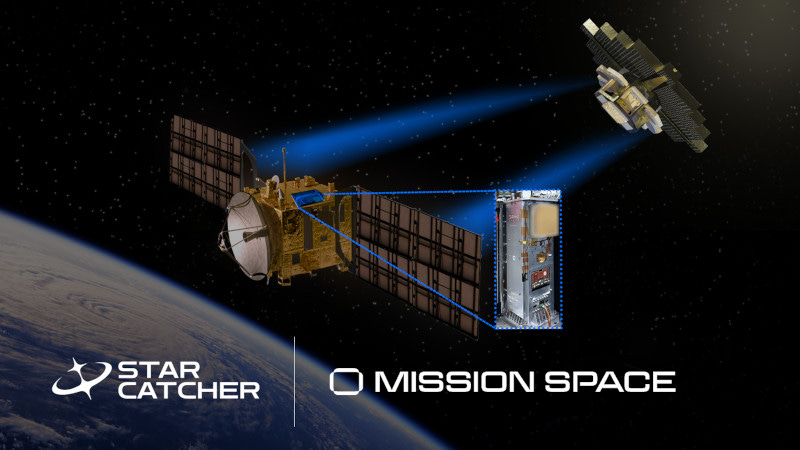Orbital Power, Weather Monitoring Focus of Strategic Partnership
Star Catcher and Mission Space Enter Mutually Beneficial Arrangement
A strategic partnership to advance real-time space weather monitoring and orbital power solutions has been announced by Star Catcher and Mission Space. The collaboration combines Mission Space’s proprietary space weather forecasting technologies with Star Catcher’s innovative Star Catcher Network, an orbital power grid designed to enhance satellite perf…
Keep reading with a 7-day free trial
Subscribe to The Journal of Space Commerce to keep reading this post and get 7 days of free access to the full post archives.



